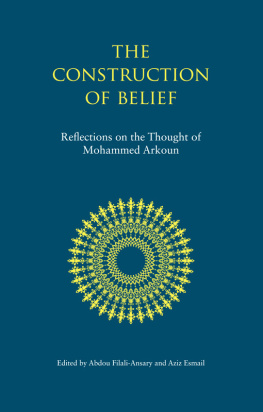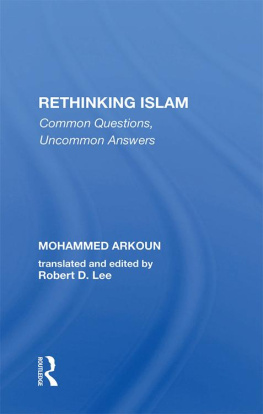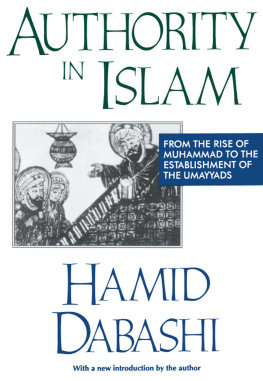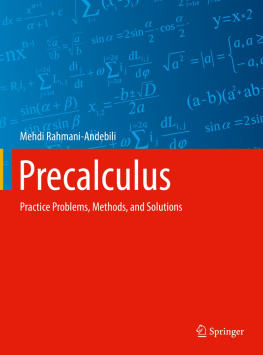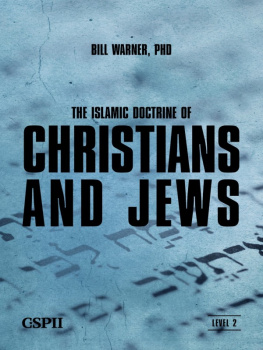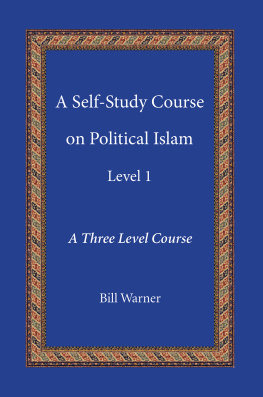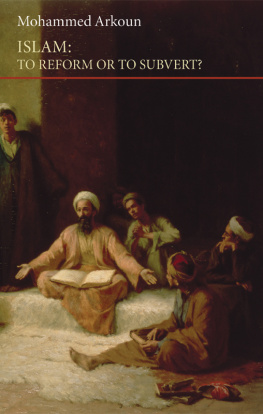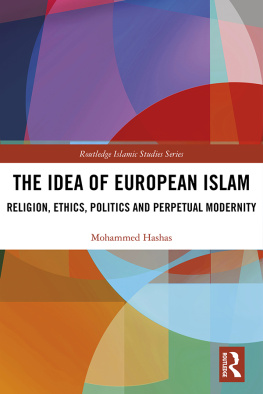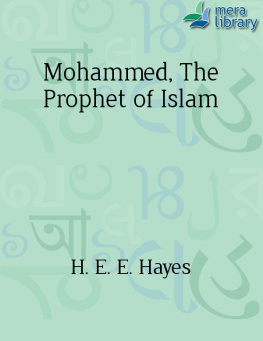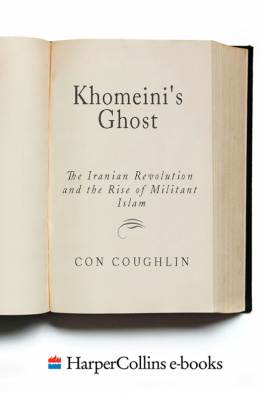First published 1987 by M.E. Sharpe
Published 2015 by Routledge
2 Park Square, Milton Park, Abingdon, Oxon OX14 4RN
711 Third Avenue, New York, NY 10017, USA
Routledge is an imprint of the Taylor & Francis Group, an informa business
copyright 1987 Taylor & Francis. All rights reserved.
No part of this book may be reprinted or reproduced or utilised in any form or by any electronic, mechanical, or other means, now known or hereafter invented, including photocopying and recording, or in any information storage or retrieval system, without permission in writing from the publishers.
Notices
No responsibility is assumed by the publisher for any injury and/or damage to persons or property as a matter of products liability, negligence or otherwise, or from any use of operation of any methods, products, instructions or ideas contained in the material herein.
Practitioners and researchers must always rely on their own experience and knowledge in evaluating and using any information, methods, compounds, or experiments described herein. In using such information or methods they should be mindful of their own safety and the safety of others, including parties for whom they have a professional responsibility.
Product or corporate names may be trademarks or registered trademarks, and are used only for identification and explanation without intent to infringe.
Translated from the French, Pouvoir Islamique: Une tete et mille caprices.
Translated by Michel Vale.
Published simultaneously as Vol. XVI, No. 4 of International Journal of Politics.
Library of Congress Cataloging-in-Publication Data
Mozaffari, Mehdi, 1939-Authority in Islam.
Translation of: Pouvoir islamique.
1. Islam and state. 2. Islamic countriesPolitics and government.
3. IslamDoctrines. I. Title.
JC49.M6713 1987 322. 1 0917671 86-13070
ISBN 13: 9781563240171 (pbk)
ISBN 13: 9780873323888 (hbk)
This book is not an orientalist study nor a study in Islamology, but an essay in political science. There has indeed been a veritable flood of books published on Islam in recent years, especially in the aftermath of the events that led to the revolution in Iran. They may be divided essentially into two categories: those of a literary, philosophical, and theological nature, and those of a semi-journalistic nature. In this relative abundance, political science has remained largely on the sidelinesstrange when one considers that Islam, compared with other religions, has profoundly political aspects. Evidently the political importance of Islam, at both the theoretical and practical levels, has not been sufficient to attract the attention of political scientists. There are few universities or academic institutions where Islam is regarded as an independent area of study, representing a specific body of thought and a specific political system. It has generally been relegated to departments of literature or theology, and treated as a historical curiosity, as something exotic. Nor is this regrettable discrimination exclusive to the non-Muslim world; the situation is curiously the same in the Muslim world as well.
It is time, therefore, to put an end to this deplorable state of affairs and begin to study Islam as, for example, theories of liberal democracy or of Marxism are studied. This should also help to do away with the anarchy that reigns in what goes by the name of Islamic studies. Numerous publications deal with Islam without defining what Islam is. What exactly does Islamic power mean? What is there that is specifically Islamic about Muslim regimes that invoke Islam as their authority? What criteria should be used to measure the degree and quality of that specifically Islamic ingredient in the regimes in question? So long as no adequate answers are forthcoming, discourse shall continue to wander in the clouds as it does at present.
This book is intended to help dispel these ambiguities. A number of criteria have been defined to permit a classification of the various Islamic regimes in accordance with proposed models. The validity of these criteria and these models is, of course, open for discussion, but that such an undertaking is needed is, it would seem, uncontestable.
The models used are primarily of ostensive value, providing the reader with a set of standards, a key, as it were, for carrying the inquiry further, either deductively (qiys) or by mounting an independent judgment (ijtihd).
To better assess the implications of some of the contemporary manifestations of Islam, these are placed in a historical perspective, for it would be illusory to believe that contemporary Islamic models can be understood without constant reference to the classical models, and the Medina model in particular. This of course entails referring to the basic texts: the Koran, Muslim political writings (both classical and modern), constitutional texts, and the official declarations of Muslim leaders. It is generally appreciated that the Text occupies an exalted place in a religious system; but its function becomes even more important in the case of a religion, in this case Islam, whose political ambitions have retained their full vitality.
The impact of the Text and the Word on the individual behavior of Muslims and on the social and political events of their societies has scarcely been investigated. Scholars rarely give due consideration to these two extremely important factors. The general tendency is to believe that everything essential can be understood and analyzed solely on the basis of a few statistical data or a reductionist theoretical framework. Thus, the Text and the Word are disregarded, whereas they should be considered as two social factors ranking at least on a par with economics or ongoing political activities. Such an omission can have grave consequences, leading to monumental misconceptions.
One misconception of this order, for example, was the American attitude toward the events that led to the fall of the Shah in Iran. The memoirs and documents that have been published on the Islamic revolution leave no doubt that the American administration had no clear idea of what was taking place in Irandespite the United Statess deep infiltration into that country, and the extremely sophisticated means of intelligence-gathering it had at its disposal. How can the American discomfiture before a situation of such extreme gravity be explained? At one point President Carter seemed to have had an inkling that despite the enormous quantity of information at hand, there was something lacking that prevented a correct analysis of the situation. The presidential advisers were incapable of providing him with any additional information, no doubt because what they were looking for was not to be found in their computers. William Sullivan, United States Ambassador at Tehran, a man known for his political and diplomatic experience, had submitted a report on the Iranian situation. An excerpt from the report, which Zbigniew Brzezinski quotes in his book Power and Principle, is not without interest. Khomeini, Sullivan wrote, would be likely to return to Iran as a consequence of a religious-military accommodation and... would play a Gandhi-like role (p. 368). Such was the American administrations perception of the Ayatollahs personality. Somewhat later, it was the turn of Carter himself to sing Khomeinis praises, calling him peaceful and nonviolent. The American president was doubtless the first to realize the grave mistake in judgment he had committed. The taking of the American hostages at Tehran, which led to Carters defeat in the next presidential election, must be seen as one of the direct consequences of the presidents error.




